Squirrels may appear harmless and adorable as they scurry around your yard, but don’t be fooled by their cute exterior. These furry creatures are capable of wreaking havoc on your property, especially when they gain access to your attic, walls, roof, and even your trees and lawn.
From nest building and gnawing on electrical wiring to damaging insulation and digging up your garden, the destructive nature of squirrels knows no bounds. In this article, we will delve into the various ways squirrels can cause extensive damage, the potential risks they pose, and effective prevention and removal strategies to safeguard your home and property.
Squirrel Damage in Attic
Squirrels often seek refuge in attics for various reasons. Attics provide a secure and sheltered environment, shielding them from predators, harsh weather conditions, and other potential threats.
Attics also offer warmth, making them an attractive nesting site to raise their young. Attics often contain suitable materials for squirrels to build their nests, such as insulation, cardboard, and paper, making them an ideal location for squirrel habitation.
Nest Building. Squirrels use cardboard boxes, paper, fabrics, and insulation to build nests. They commonly use bits of cardboard and paper as nesting material, which can create a rather distressing mess, especially if the items destroyed were of any importance.
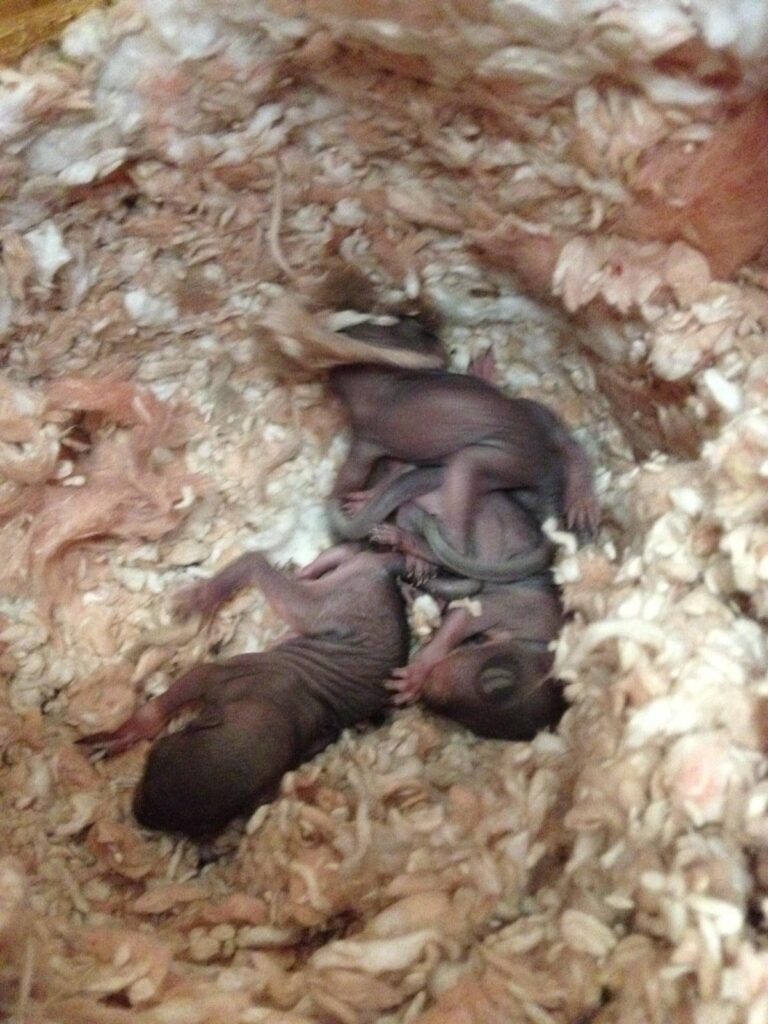
Electrical Wire. Squirrels are old pros when it comes to meddling with human electronics (astoundingly, it has been shown that squirrels cause more damage to critical infrastructure than cyber attacks).
One of the most dangerous habits of squirrels is their tendency to gnaw on electrical wiring since a frayed or broken wire in an attic full of wood and insulation increases the risk of a fire considerably.
Insulation Damage. Squirrels damage insulation by both using it to build nests and by using it as a lavatory. As one might expect, this soiled insulation does not smell good and will need to be replaced.
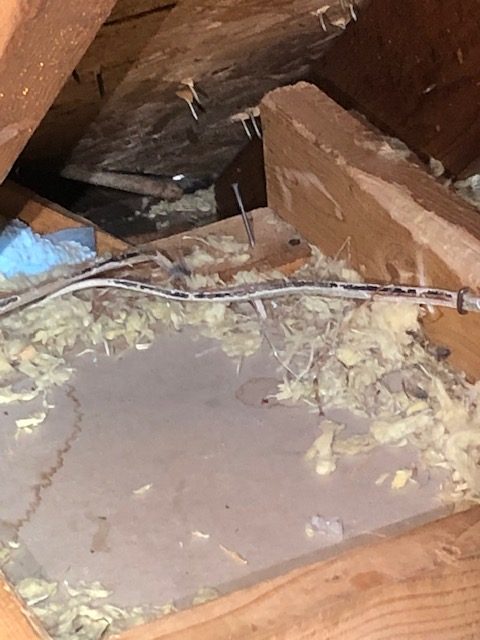
How Do Squirrels Damage Walls?
In addition to nesting in attics, squirrels will often set up shop inside the voids of walls. Wall voids are dark, warm, and (hopefully) uninhabited by humans—the perfect place for a mother squirrel to raise her young.
Unfortunately, squirrels do the same damage in walls that they do in attics—gnawing on both wood and wires, building nests, etc. Having squirrels in your walls is especially troublesome because when one dies, the body is extremely difficult to remove, and will likely require the services of a professional.
Squirrels on the Roof Damage
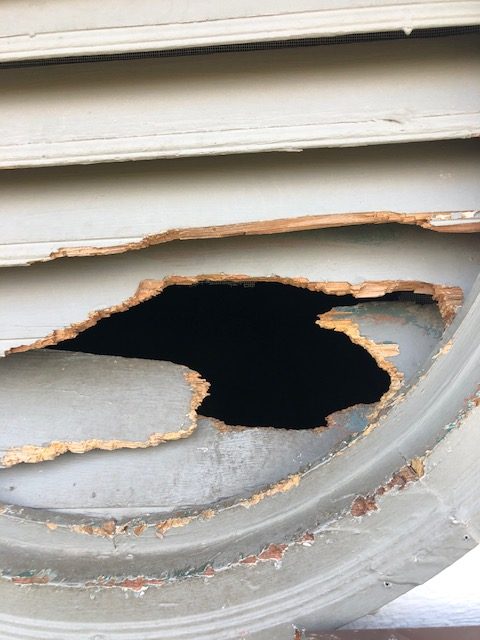
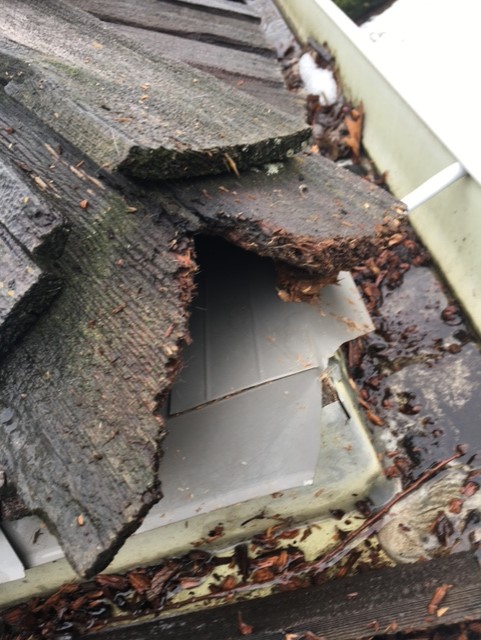
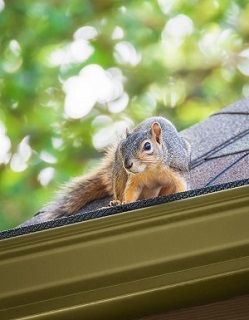
Chock full of vents and joints, the roof is perhaps the most vulnerable area of the house to animals who want in—especially capable climbers like squirrels. They can damage roofs by doing the following:
Gnawing. Most damage done by squirrels is a result of gnawing. Squirrels tend to focus on the roofline of homes—fascia boards, eaves, and soffits. Soffit vents are particularly vulnerable because they are often flimsy and lead directly to the attic. Squirrels’ razor-sharp teeth can even pierce shingles, which all too easily leads to water intrusion.
Nesting in Gutters. Squirrels are known to construct nests in gutters. This can impede drainage, causing water to back up and spill over onto the siding, which can result in water damage over time.
Damaging Vents. Modern homes are full of appliances, many of which require vents to function properly. In their efforts to get into your home, squirrels can wreck appliance vents, further compromising your home’s barrier against wildlife.
Squirrel Damage to Trees
Squirrels can also be a nuisance outside the home. Often, in their search for food, they destroy the growing tips of young trees and shrubs by stripping bark from trees and branches; they also dig up flowers and bulbs. While it is exceedingly difficult and impractical to banish squirrels from your property entirely, there are a number of things you can do to minimize the amount of squirrels—and the amount of damage—on your property.
Seven Steps to Prevent Squirrel Damage
- Trim any trees that provide access to your roof.
- Make sure bird feeders are located where squirrels can’t jump onto them, spike them with hot pepper flakes, or remove them entirely.
- Cover garden beds with chicken wire, and then more soil, to prevent digging.
- To prevent squirrels from climbing trees, wrap two-foot wide metal collars around the trunks, about four to six feet from the ground.
- Consider removing birdbaths. Squirrels are just as attracted to them as birds.
- Inspect your property for any potential entry points. If any entry points are found, have them repaired.
- If you have a chimney, ensure it has a sturdy, tight-fitting cap.
Most Effective Squirrel Control
Trutech’s approach to squirrel control is safe, humane, and will keep squirrels from causing a problem on your property. At the time of each service, we thoroughly inspect the property for any new damage or openings.
Squirrels can be very persistent. They are rodents, and they constantly need to chew in order to keep their teeth trimmed. Squirrels can chew through materials like wood, aluminum, plastic, and drywall. For this reason, it is important to maintain a squirrel-free home even after properly sealing a property. For a guaranteed, peace of mind solution, speak with a Trutech Wildlife professional today.
Trutech Squirrel Control Portfolio
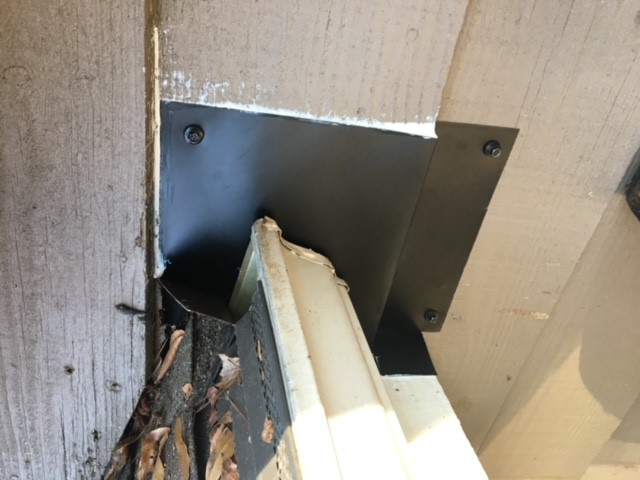
Large squirrel hole was sealed squirrel hole with galvanized steel.
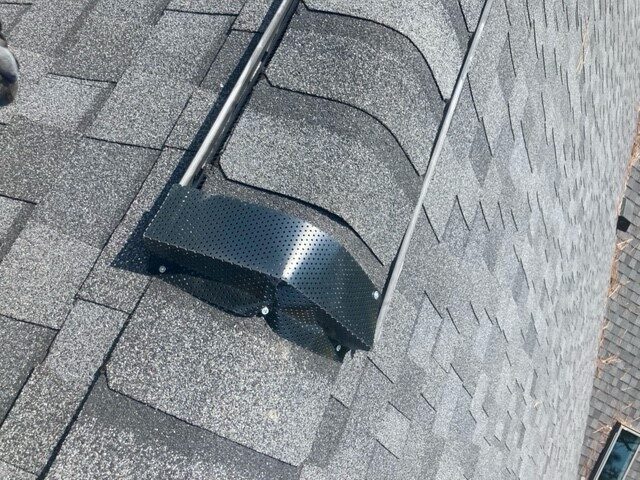
Installed Ridge Guard for squirrel control but also works to keep rats and bats out.
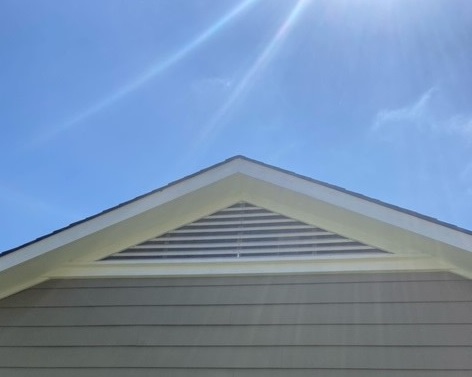
Most homes do not have adequate protection on their gable vents. Installed screens keep squirrels from gnawing back inside.
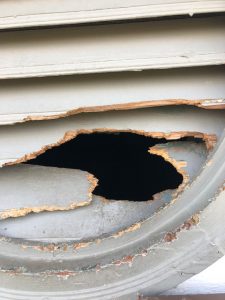
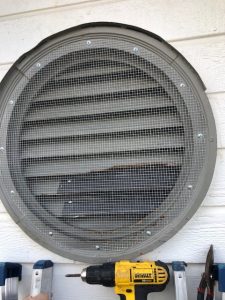
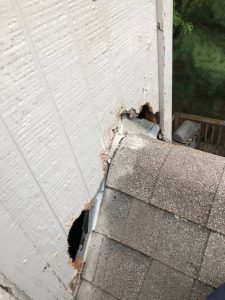
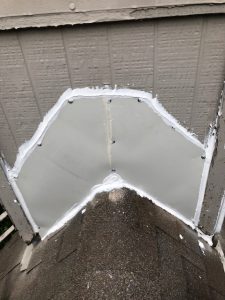
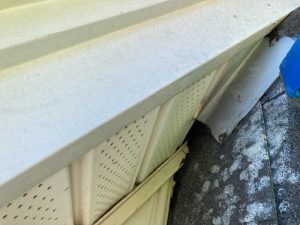
Squirrels typically find opportunities to enter an attic at roof returns. Occasionally soffits are poorly installed leaving a construction gap.
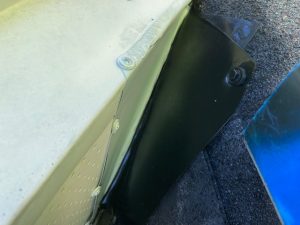
We found the tiny hole a squirrel used to get into the homeowner’s attic. We used metal flashing to prevent the squirrel from gnawing its way back inside.


